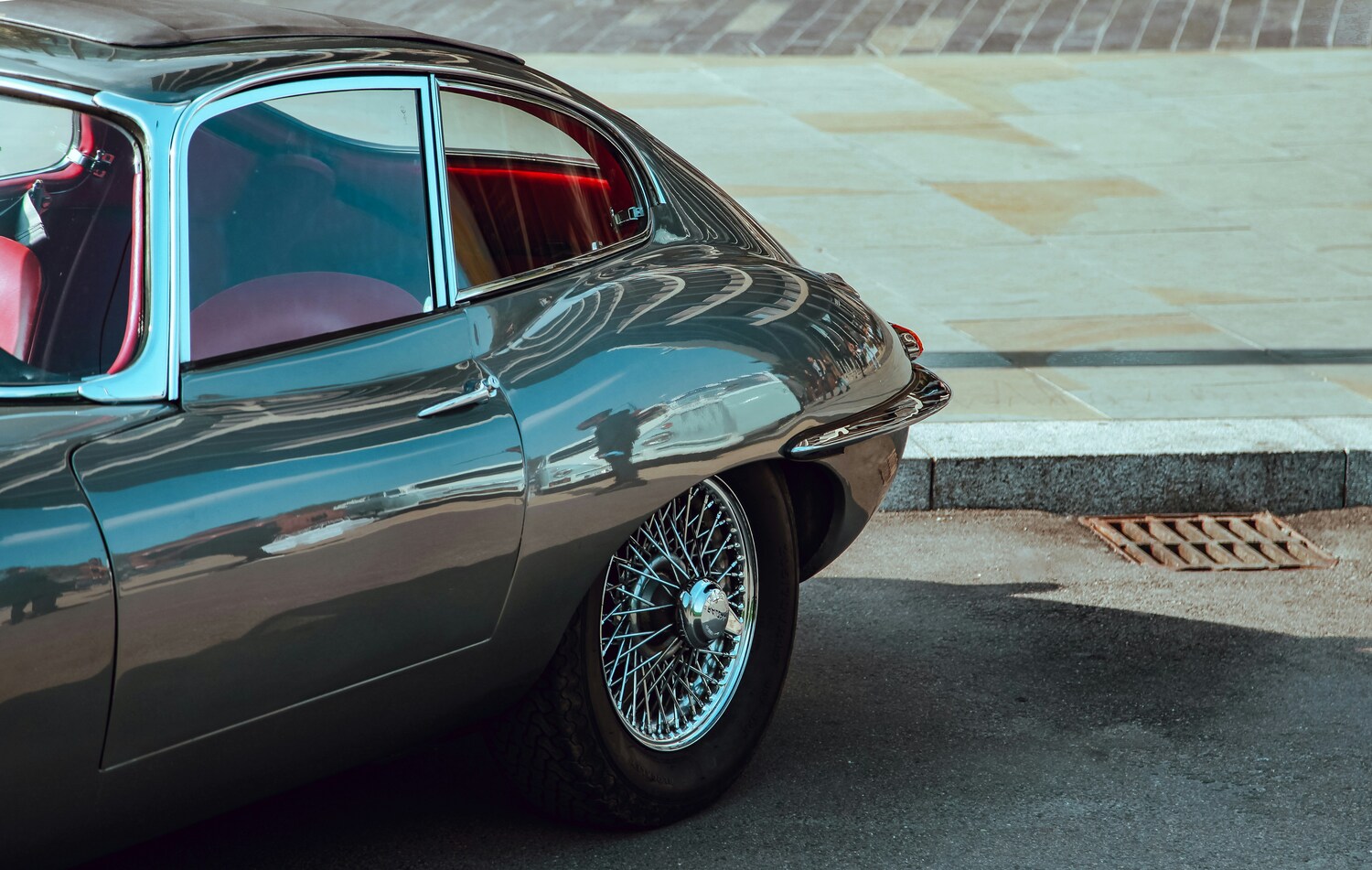There’s something irresistible about a classic car. Whether it’s the growl of a V8 engine, the chrome details, or the sleek lines of a ’67 Mustang, these vehicles represent more than transportation. They’re rolling time capsules. For many, driving a vintage car feels like connecting with a bygone era of craftsmanship, freedom, and individuality. But behind the nostalgia and polished exteriors lies a sobering question: are these retro machines actually safe?
While modern cars are packed with crash-absorbing materials, computer-controlled safety features, and highly engineered crumple zones, most classic cars predate even basic safety norms. That leaves us with a provocative debate: are we preserving history or flirting with danger every time we turn the ignition?
Let’s break down the facts about classic car safety and whether your dream ride might actually be a high-risk illusion.
Are Classic Cars Safe?
The Safety Tech Gap: Then vs. Now
Modern vehicles are the product of decades of innovation aimed at keeping drivers alive. Today’s cars come equipped with airbags, anti-lock brakes, stability control systems, rearview cameras, lane-departure warnings, blind-spot monitoring, and even automatic emergency braking. These features are so standard we often take them for granted.
Now contrast that with classic cars from the 1950s, ’60s, or even the early ’70s. Many were built before seat belts were required, much less crumple zones or rollover protection. These vehicles often have rigid steel frames that don’t absorb impact; they transfer it directly to the occupants.
That beautiful vintage ride might be made of “real metal,” but in a crash, it’s more like driving a battering ram than a protective bubble. The physics are brutal: without modern safety systems, your body becomes the crumple zone.
Crash Tests Don’t Lie
If you need a reality check on how classic cars stack up in real-world collisions, look no further than crash test videos comparing old and new models. One famous demonstration from the Insurance Institute for Highway Safety (IIHS) featured a 1959 Chevrolet Bel Air crashing into a 2009 Chevrolet Malibu. The results? Devastating for the Bel Air.
While the newer Malibu absorbed much of the impact and protected the driver, the older Bel Air crumpled violently, offering little protection. The driver dummy in the Bel Air sustained fatal “injuries.” It was a dramatic—and unsettling—visual that proved nostalgia doesn’t equal survivability.
Steel may seem stronger, but the absence of engineering that dissipates crash energy makes older cars inherently more dangerous.
The Myth of “They Don’t Build ’Em Like They Used To”
This phrase is practically a mantra among classic car lovers. And in a sense, it’s true: modern cars are built differently. But that’s not necessarily a bad thing.
Classic cars were built with style and power in mind, not safety. There were no federal crash test requirements and no computer modeling to simulate rollovers or frontal impacts. Safety glass was still catching on, and collapsible steering columns were only introduced after horrifying injuries.
Modern vehicles, by contrast, are designed to sacrifice themselves to save you. The car deforms strategically to keep the cabin intact. That may make modern cars look “weaker” in a crash—but that’s a feature, not a flaw.
So, while classic cars may be sturdier in appearance, that doesn’t mean they protect passengers better. In fact, they do the opposite.
Braking, Steering, and Handling: The Hidden Dangers
Beyond crash survivability, classic cars often lack essential features that prevent accidents in the first place.
Many vintage models were built with drum brakes instead of disc brakes, reducing stopping power. They also often lack power steering, which means slower, more cumbersome reactions in emergency situations. Suspension systems were simpler and less stable, making swerving or quick corrections difficult.
In the rain, on curves, or in high-traffic conditions, these shortcomings turn a casual cruise into a potential liability. If you’re used to the responsiveness of a modern car, driving a classic can feel like piloting a boat through molasses—beautiful, yes, but dangerously sluggish in the wrong situation.

Who’s Driving and How?
Of course, context matters. Not every classic car owner is taking their Mustang down a crowded freeway at rush hour. Many drive vintage vehicles only on weekends, in good weather, and for short distances. That can significantly reduce risk exposure.
Still, age and driving habits matter. If you’re older and have slower reflexes, or if you’re relying on an antique vehicle as a daily driver, you’re rolling the dice. Even with defensive driving skills, you can’t control the distracted driver who rear-ends you at a stoplight. In a classic car, you’re relying on outdated engineering to save your life. That’s a gamble.
What Can Be Done to Make Classic Cars Safer?
The good news is, if you love classic cars but don’t want to risk your life, there are compromises. Many vintage vehicle enthusiasts choose to retrofit safety features like:
- Modern seat belts
- Disc brake conversions
- LED headlights for better visibility
- Upgraded suspension systems
- Hidden airbags (in rare cases)
- Reinforced frames or roll cages
These upgrades can make a huge difference, but they also come at a price and sometimes compromise the authenticity of the vehicle. That’s a philosophical decision for every classic car owner: are you preserving history or prioritizing safety?
Insurance Realities and Legal Liabilities
Another factor worth considering is insurance. Most classic cars are insured through specialized plans that assume limited usage and strict conditions. But what happens if you’re in a crash?
If it’s determined that your vintage vehicle lacks basic safety features or is modified improperly, your liability could increase. Worse, if someone else is hurt and sues you, the emotional and financial toll could be enormous.
You’re not just responsible for preserving a piece of automotive history. You’re also responsible for the lives inside and around that vehicle.
Love the Look, But Know the Risks
Classic cars are undeniably alluring. They evoke emotion, heritage, and identity in a way few modern vehicles can. But that connection often blinds people to very real safety risks. In a world where distracted drivers and high-speed highways are the norm, driving a car built before shoulder belts were standard is a calculated risk.
You don’t have to give up your dream of owning a vintage ride. But you do need to go into it with your eyes open and your priorities straight. Some things belong in the past. Others, like safety, are worth bringing into the present.
Do you think classic cars should be retrofitted for modern safety or left untouched as museum pieces? Would you drive one daily?
Read More:
Why the Most Popular Car Brand in America Is Also the Most Recalled
7 Car Features That Sound Fancy But Could Get You Killed
Read the full article here















